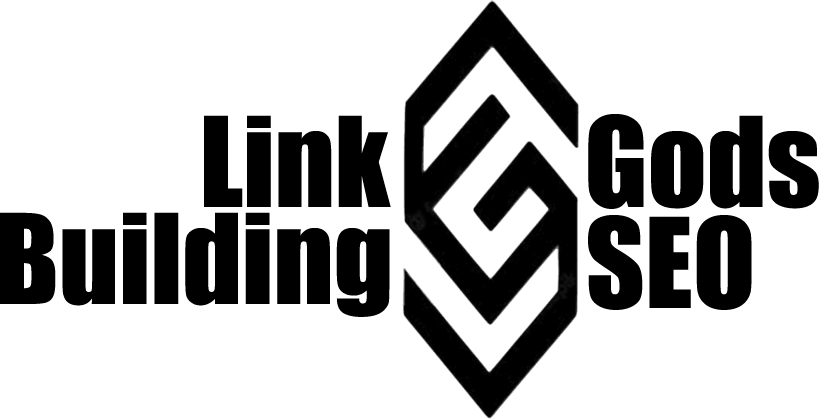I got this message from Google “Search Console has identified that some pages on your site are not being indexed due to the following new reason: Alternate page with proper canonical tag” how do I fix this?
Ah, the “Alternate page with proper canonical tag” message from Google Search Console can be a bit confusing, but don’t worry! Let’s break it down in simple terms and then go over how to fix it.
What does the message mean? Imagine you have two very similar pages on your website, like two versions of the same article. To tell Google which one is the “main” or “original” version, you use something called a “canonical tag”. This tag points to the preferred version of the page. When Google sees this tag, it understands which page to show in search results and which one to consider as a secondary or duplicate.
Now, the message you received means that Google found a page on your site that it believes is an “alternate” or duplicate version of another page, and this alternate page has a canonical tag pointing to the “proper” or main version.
How to fix it:
- Identify the Affected Pages: First, go to Google Search Console and check which pages are affected by this issue.
- Check the Canonical Tags: Visit each affected page and look at the page’s source code. Find the canonical tag (it looks something like this:
<link rel="canonical" href="URL-of-the-main-page" />). Make sure the URL in the canonical tag is correct and points to the version of the page you want to be considered as the main one. Resource Link - Ensure Consistency: If you’re using canonical tags, make sure you’re consistent. For example, if you have a mobile and desktop version of your site, ensure that both versions have canonical tags pointing to the preferred version.
- Avoid Mixed Signals: Ensure that other signals, like sitemaps and internal links, align with your canonical tags. If your canonical tag points to Page A as the main version, but your sitemap lists Page B, it can confuse search engines. Resource Link
- Resubmit for Indexing: Once you’ve made the necessary changes, go back to Google Search Console and ask Google to re-crawl and re-index the affected pages. This can be done using the “URL Inspection” tool.
The goal of the canonical tag is to help search engines understand which version of a page you consider to be the main one. By ensuring your canonical tags are set up correctly and consistently, you can guide Google to index and display the right pages from your site.
Read More : What are backlink services?
